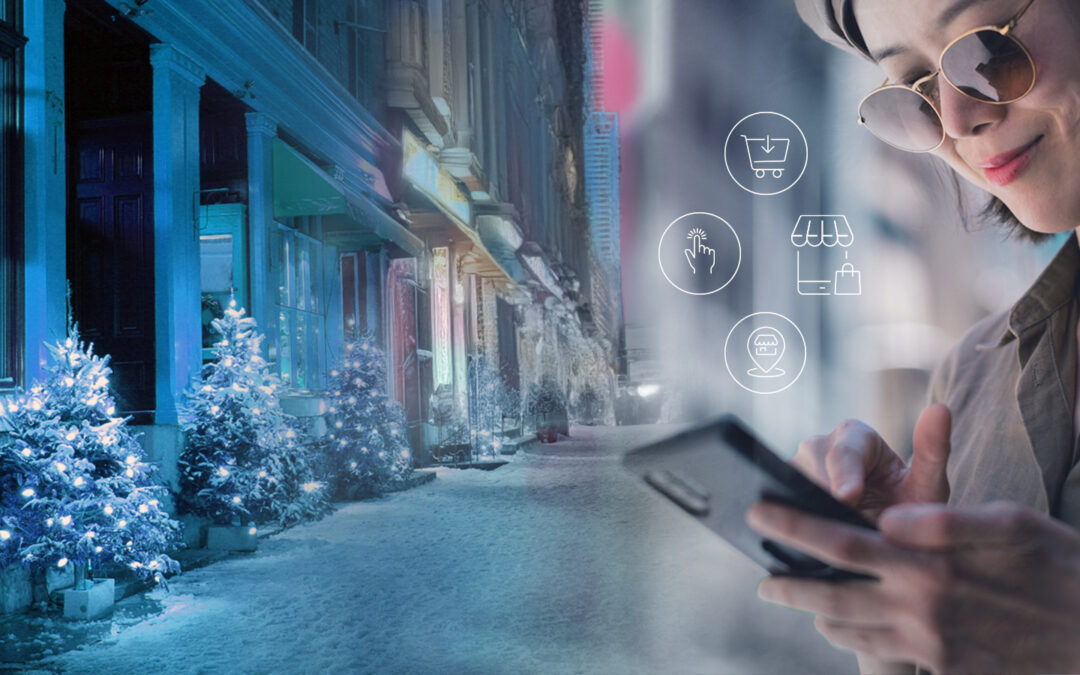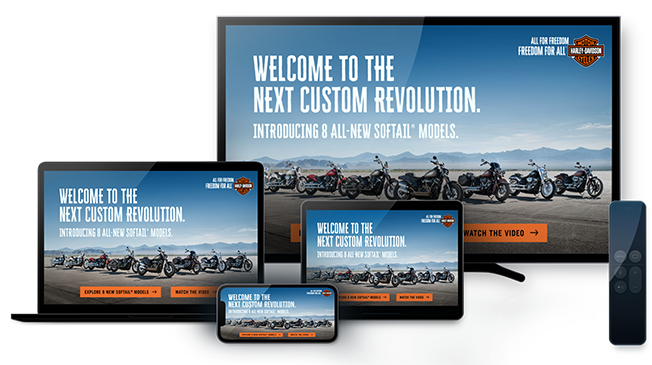The Infillion Guide to Rich Media Best Practices

Rich media ads, defined by the IAB as digital ads with “interactive features that engage the user and initiate new content experiences,” have become an integral part of the digital advertising ecosystem. They play a major part in the achievement of reach and frequency goals – they can appear just about anywhere on the internet, after all, and can be deployed programmatically – while also bringing advanced storytelling and interactivity from brands to users.
But this means that rich media have a bit of a hybrid identity. Because they live in the nooks and crannies of a given website and often don’t achieve full share of voice, it’s easy for users to see them as peripheral content. On the other hand, rich media allows for fully-featured experiences that can captivate audiences while driving user time spent with an ad.
So how can an ad be a peripheral, complementary piece while also being deep, rich, and engaging? Don’t worry: we’ve got you covered.
At Infillion, we’ve found success with the following strategies.
Use Complexity for Upper-Funnel Movement
To draw in a user’s attention to a brand they may not be familiar with yet, consider more interactive experiences, such as games, quizzes, carousels, and more.
The benefit here is that if you can attract a user’s attention, you’ll likely have them for a considerable amount of time, depending on the stickiness of your messaging and interactivity. The time users spend with more complex rich media builds will help create deeper familiarity with your brand, thereby allowing them to more readily recognize future messaging.
Consider the following examples of Infillion-built creative when trying to achieve upper-funnel movement in rich media placements:
Each of the above will create ample opportunity to onboard users into your funnel.
Use Simplicity for Lower-Funnel Movement
To address down-funnel KPIs such as Preference and Intent, consider a more streamlined approach to rich media.
Here are a few pointers:
- Clear messaging and a direct path
Your goal here isn’t exploration – it’s site visitation. A simple value prop followed by a CTA like “Shop Now” or “Get Started” should work beautifully here. The advantage of streamlined rich media units is that you can deep-link users further into a brand’s path of purchase. By dropping users off one step away from the point of purchase, you’re removing several hurdles. - Limited inclusion of other elements
You can add additional elements to a streamlined unit, so long as they’re both lean and serve your KPIs. A brand video, for example, could work nicely. Alternatively, a map that shows the nearest brick-and-mortar location where users can purchase your product is a perfect way of encouraging store visitation without needing to create a complex unit. - Motion
Including some kind of motion in your experience, like a looping background video, tends to give ad experiences a more premium feel. Additionally, the extra motion will serve to draw user attention to your ad – something that static imagery cannot achieve as readily.
You can see an example of a down-funnel focused experience here.
Use Different Strategies for Different Ad Products
Infillion offers a wide range of ad products, including our TrueX ads – opt-in, attention-guaranteed experiences. Interestingly, the strategy for these ads is often the opposite as that for rich media ads. Here, because users have opted in for a minimum of 30 seconds of attention before they are incentivized to return to their content with a lighter commercial load, complex builds like product explorations and shoppable ads tend to drive lower-funnel activity. Having committed their attention upfront, users tend to fill that time exploring more fully-featured units, which in turn drives greater brand lift. More streamlined TrueX ads, meanwhile, drive upper-funnel movement. A basic brand story is often best when you’re dealing with wholly unfamiliar users who have committed their attention.
Striking a balance between the two while being consistent with KPIs is something we work on closely when we have clients who are deploying an Infillion campaign that consists of both TrueX engagement ads and rich media ads. Because of this, it’s important to remember that your rich media strategy is not a universal one. Rather – it requires careful consideration of what the user is doing at that time, and how your ad can borrow their attention to tell a fantastic brand story. From there, you can consider when and how to use rich media in harmony with other ad products.
The Best of Both Worlds
Because of its hybrid nature, rich media experiences can blend robust interactivity in a programmatic environment. This creates opportunities for powerful digital storytelling at scale, making rich media an important – if not integral – part of your digital ad campaign.
Considering a rich media strategy for your brand? We can help.
Subscribe to our blog:
Related Posts:

Live Price Check: Making Last-Minute Holiday Shopping Easy
The average American consumer will spend a record $902 on their holiday shopping this season — and it’s likely that they’ve already begun. More consumers than ever — nearly half (45%) — planned to start shopping in November this year, taking advantage of early sales...

Your Customers Want Gift Cards for the Holidays. Why Not Advertise Them?
When was the last time you saw a major retailer advertising gift cards as a great holiday present? You probably had to think about that one. Giving someone a gift card for Christmas or Hanukkah, after all, is seen as a cop-out or even a social faux-pas. Plus, gift...

Q&A: Why Supporting Diverse-Owned Media Is Part Of A Great Multicultural Strategy
Reaching multicultural audiences is often spoken about separately from putting spend behind media owned by members of underrepresented groups – and when this happens, brands are missing an opportunity. For our recent research report Engaging Multicultural Audiences,...
Let's Connect

